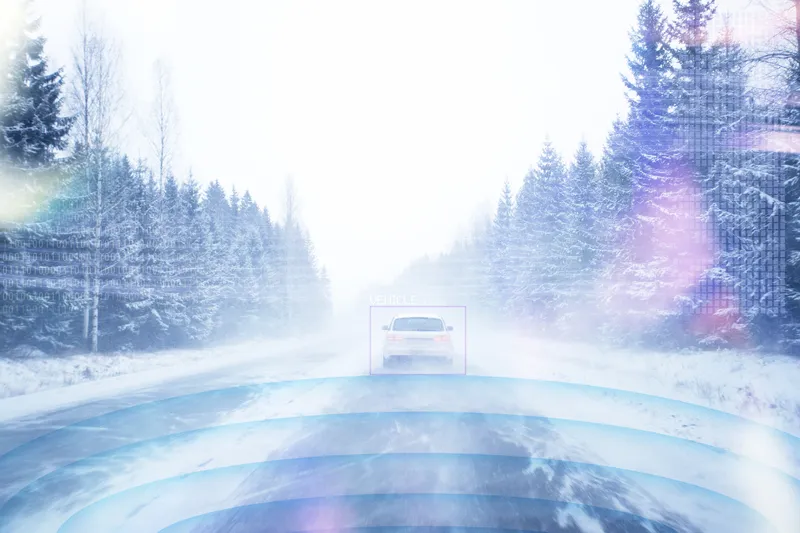Teledyne e2v has launched its Emerald 5M CMOS image sensor which it says provides higher resolution images of objects in motion with no distortion.
The solution is expected to be suitable for machine vision, automated optical inspection and factory automation applications.
Emerald 5M features a global shutter and MIPI CSI-2 interface which allows it to utilise image signal processors available for mobile applications.
According to Teledyne e2v, the sensor comes with digital functionalities such as subsa
March 6, 2019
Read time: 1 min
Teledyne 8154 e2v has launched its Emerald 5M CMOS image sensor which it says provides higher resolution images of objects in motion with no distortion.
The solution is expected to be suitable for machine vision, automated optical inspection and factory automation applications.
Emerald 5M features a global shutter and MIPI CSI-2 interface which allows it to utilise image signal processors available for mobile applications.
According to Teledyne e2v, the sensor comes with digital functionalities such as subsampling, auto exposure at first frame, single frame high-dynamic range and on-chip statistics to help reduce processor load.










